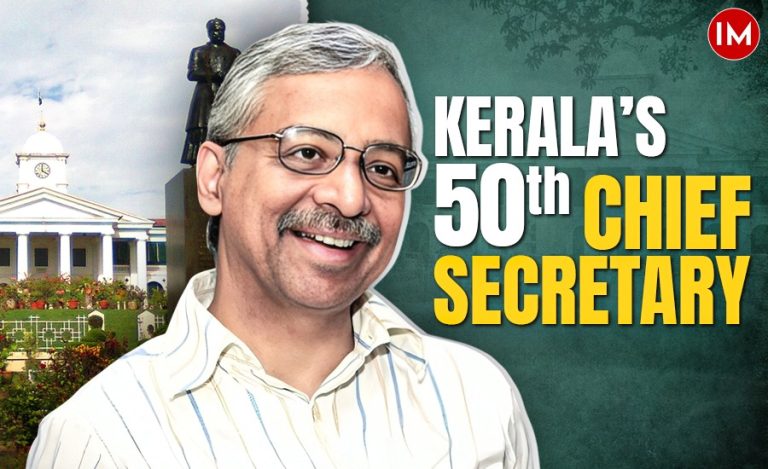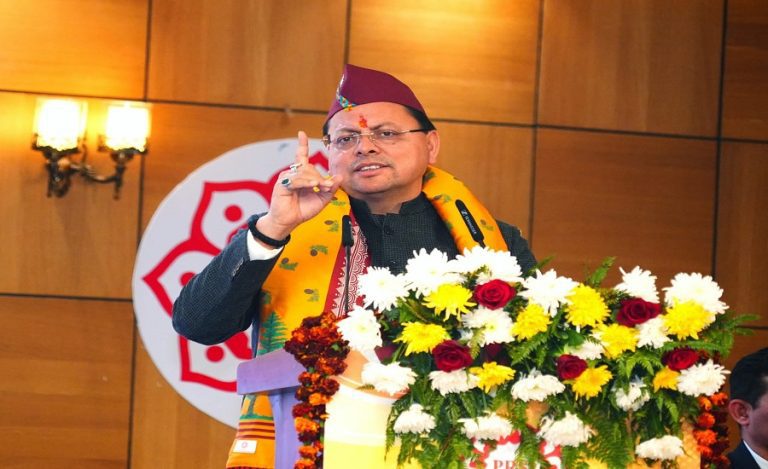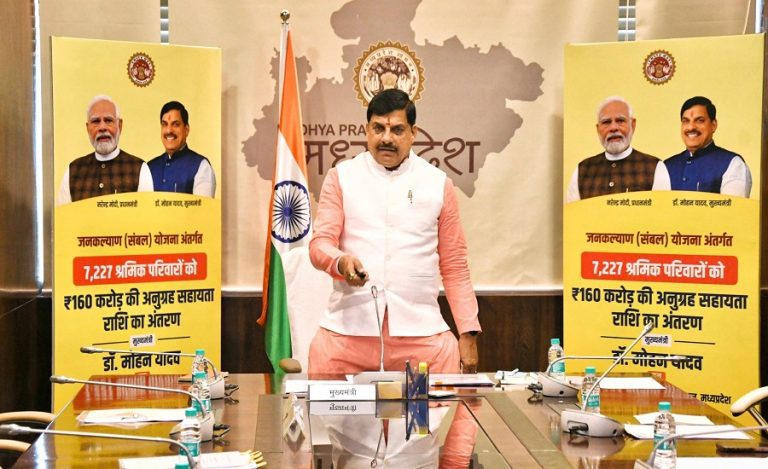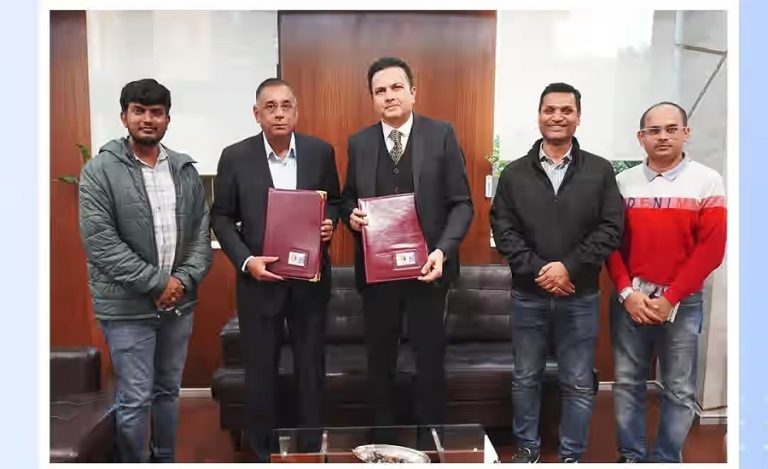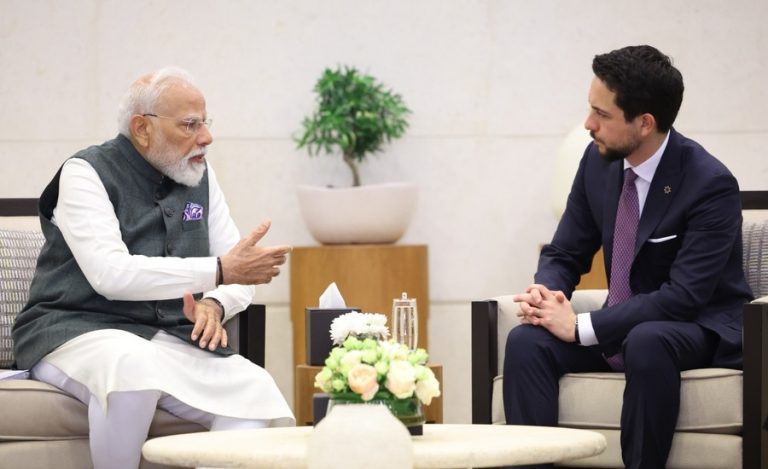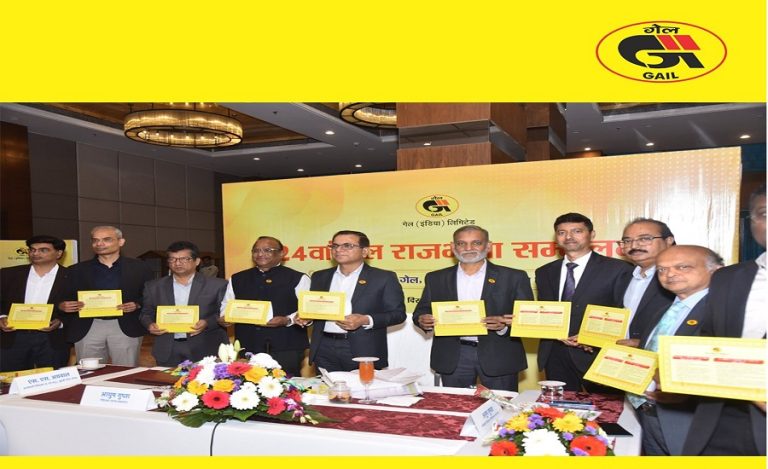Mission Parivartan, led by a young IAS officer, Himanshu Nagpal, was one of the Awardees of the Nexus of Good Annual Awards, 2025, for transforming Anganwadi centres in Varanasi District, Uttar Pradesh. The ICDS department and anganwadi workers play a critical role in the nation’s development. Beyond just being a centre for gathering kids, an anganwadi centre is the spot where large-scale problems like malnutrition and pre-school education are tackled. As the country moves towards reaping the fruits of the demographic dividend, investment in children’s futures becomes even more critical. In the age group of 6 months to 6 years, a kid is in its development stage where the body and mind of the kid are developing at their best, and therefore it is said that one rupee invested in this stage of life of a kid is as good as Rs 100 spent later for the child’s and the nation’s development.
With the spirit of making Anganwadi centres as a centre for learning and transforming their landscape into advanced learning centres filled with all the basic requirements as well as advanced learning infrastructure like smart TVs, BaLa aided structural design, rooftop rainwater harvesting system, solar panels, furniture for kids, toys and learning material, etc, Mission Parivartan was started in Varanasi. The goal was not to restrict the intervention to a few anganwadi centres for the sake of it, but to provide scalable, districtwide solutions to the problem that would be implemented across all 3000 anganwadi centres in Varanasi.
Mission Parivartan initiative has achieved a remarkable milestone in transforming Anganwadi centres across the district in the last 3 years. As part of the initiative, a total of 2,382 Anganwadi buildings have been rejuvenated,achieving an impressive 96% saturation. Additionally, 692 new Anganwadi centres have been constructed, bringing the total to 3,074. This transformation aims to provide a conducive learning environment for young children, promoting their overall development and well-being. Over 3.5 lakh children aged 6 months to 6 years have benefitted from this intervention in the district over the last 2.5 years.
Upgrading Infrastructure and Amenities
The upgraded Anganwadi centres boast several key features, including saturation of all 18 basic Kayakalp parameters, such as baby-friendly toilets, handwashing units, BaLa-based painting, etc., along with upgraded works like digitisation with LED TVs to support learning and make education more engaging for kids, ensuring a comfortable and interactive environment. Furthermore, these centres are now solar-powered, ensuring a round-the-clock electricity supply. Other notable features include Poshan Vatika, kid-friendly toilets, and solar panels, all designed to promote health, hygiene, and sustainability. Outdoor play equipment has also been installed to encourage physical activity and development.
The design of these anganwadi centres has been kept conducive to learning and mental growth, so that each corner of the centres serves as a source of learning and education. Things like writable floors, low wall green-boards, low-hanging paintings and wall displays, etc., ensure that each activity includes learning, and the building architecture serves as a source of learning for the kids. Beyond just the infrastructure, simple things like furniture, kitchen items, storage boxes, utensils, toys, first-aid kits, utility kits with a mirror, towel, nail cutter, etc., have also been provided at all centres, so that these centres function on a learning-by-doing model.
Urban Initiatives
In urban areas, Mission Parivartan has made significant strides in addressing the challenge of space and land availability. Very rarely has any solution to the urban anganwadi centre problem been attempted, and in city-based districts and increasingly larger cities, this problem will become even more severe in the future. The same problem existed with 991 urban anganwadi centres in Varanasi, which had been functioning on rent for years, yet not a single one existed within the 4 walls of a room; they were only in dingy streets and corridors. As a solution, 750 new rented buildings have been provided to accommodate Anganwadi centres under new rent agreements, while 65 old, unused buildings have been repurposed as Anganwadi centres.
Additionally, 25 Porta Cabins and recycled bus compartments based on anganwadi centres have been set up in highly congested areas, ensuring accessibility and convenience. These Porta Cabins have been particularly effective in addressing space constraints, enabling Anganwadi centres to operate in parks and playgrounds. Anganwadi centres in urban areas, which were almost non-existent, working from streets and house corridors with barely any kids attending because of an extremely poor environment, now exist in beautiful air-conditioned rooms with smart classes for learning. Where rarely any kids used to attend an anganwadi centre in the City, now over 1 lakh kids in the City are proudly attending these centres daily.
Training and Capacity Building
Engineering departments, CSR partners, and NGOs devised these standard guidelines to be implemented as a model across different problem sets and areas, with standard costs. Then all the field staff were trained on the same solutions. Supervisors and Anganwadi workers also played a pivotal role in learning new and upgraded tools for learning, such as Tablets and Smart TVs, and in utilising different learning materials for kids.
Motivation, Monitoring Funds Convergence
A huge challenge was to secure land for new centres, identify new rented buildings in urban areas, and plan the priorities and locations so that the whole district benefited from the intervention in a phased manner. Weekly meetings were held with Supervisors, CDPO, and BDOs on the same day. Standard new rent agreements were drafted, and within a month of the intervention, results began to come in. To monitor different components, a control room was set up at the ICDS office, and Google Forms were used for daily reporting on updates to various indicators. For funding, CSR played a major role, with investments largely from Vedanta and Reliance Foundation, which helped make the efforts a reality, with Feeding India and Yuva Unstoppable also supporting the intervention. Besides CSR, MGNREGA funds, Gram Panchayat funds, and Critical gaps were also utilised to bridge small gaps in the campaign in works such as Poshan Vatika, electrification, boundary walls, etc. A significant contribution of this effort comes from the support of the Political leadership and assistance in the effort.
Impact and Outcomes
The impact of Mission Parivartan has been profound. Attendance at Anganwadi centres has increased significantly, from 35% to 80%, indicating improved engagement and enthusiasm among children. Moreover, severe malnourishment has decreased dramatically, from 7.7% to 0.12%, demonstrating the program’s effectiveness. Learning outcomes have improved drastically, as reflected in the learning outcomes of the kids of first class in schools, and the NIPUN assessment results have improved from less than 40% to over 90% for students of Class 1 in government primary schools. Parents are now more likely to send their children to Anganwadi centres rather than private play schools, highlighting the initiative’s success.


